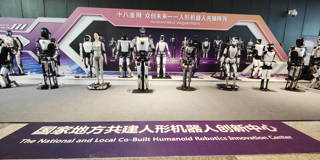OnPoint Subscriber Exclusive
The Big Picture brings together a range of PS commentaries to give readers a comprehensive understanding of topics in the news – and the deeper issues driving the news. The Big Question features concise contributor analysis and predictions on timely topics.

The Real AI Risks
With the world’s major economies pouring investment into artificial intelligence, ensuring the technology’s safety before its applications are known has become an increasingly urgent policy imperative. While a sci-fi-style AI apocalypse is not impossible, more immediate risks to both security and democracy must be addressed.